
People of Color in European Art History: Because you wouldn't want to be historically inaccurate.
https://t.co/OQGAG5PEyJ
How to get URL link on X (Twitter) App





 While in China, Castiglione took the name Lang Shining (郎世寧), and adapted his Western painting style to Chinese themes and taste. This painting of Xiang Fei (A woman) in European Armour was made c.1760, and resides in National Palace Museum, Taipei.
While in China, Castiglione took the name Lang Shining (郎世寧), and adapted his Western painting style to Chinese themes and taste. This painting of Xiang Fei (A woman) in European Armour was made c.1760, and resides in National Palace Museum, Taipei. 


 One of the more frustrating trends I’ve noticed in archives & museum collections is how many paintings that, based on the text descriptions, you would have absolutely no clue that a person of color is in it.
One of the more frustrating trends I’ve noticed in archives & museum collections is how many paintings that, based on the text descriptions, you would have absolutely no clue that a person of color is in it.
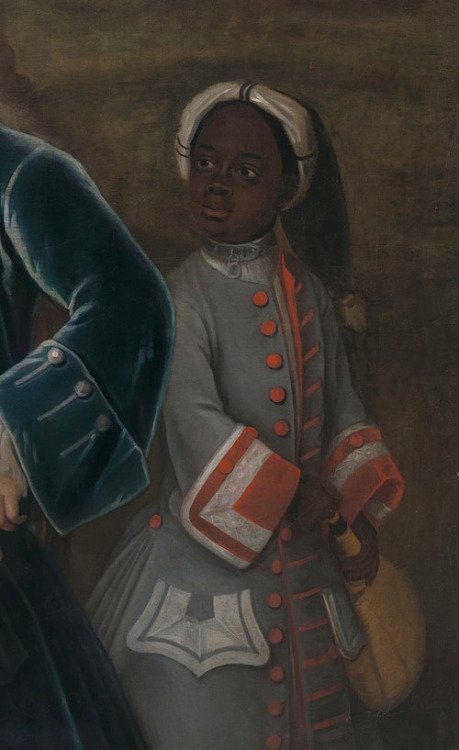

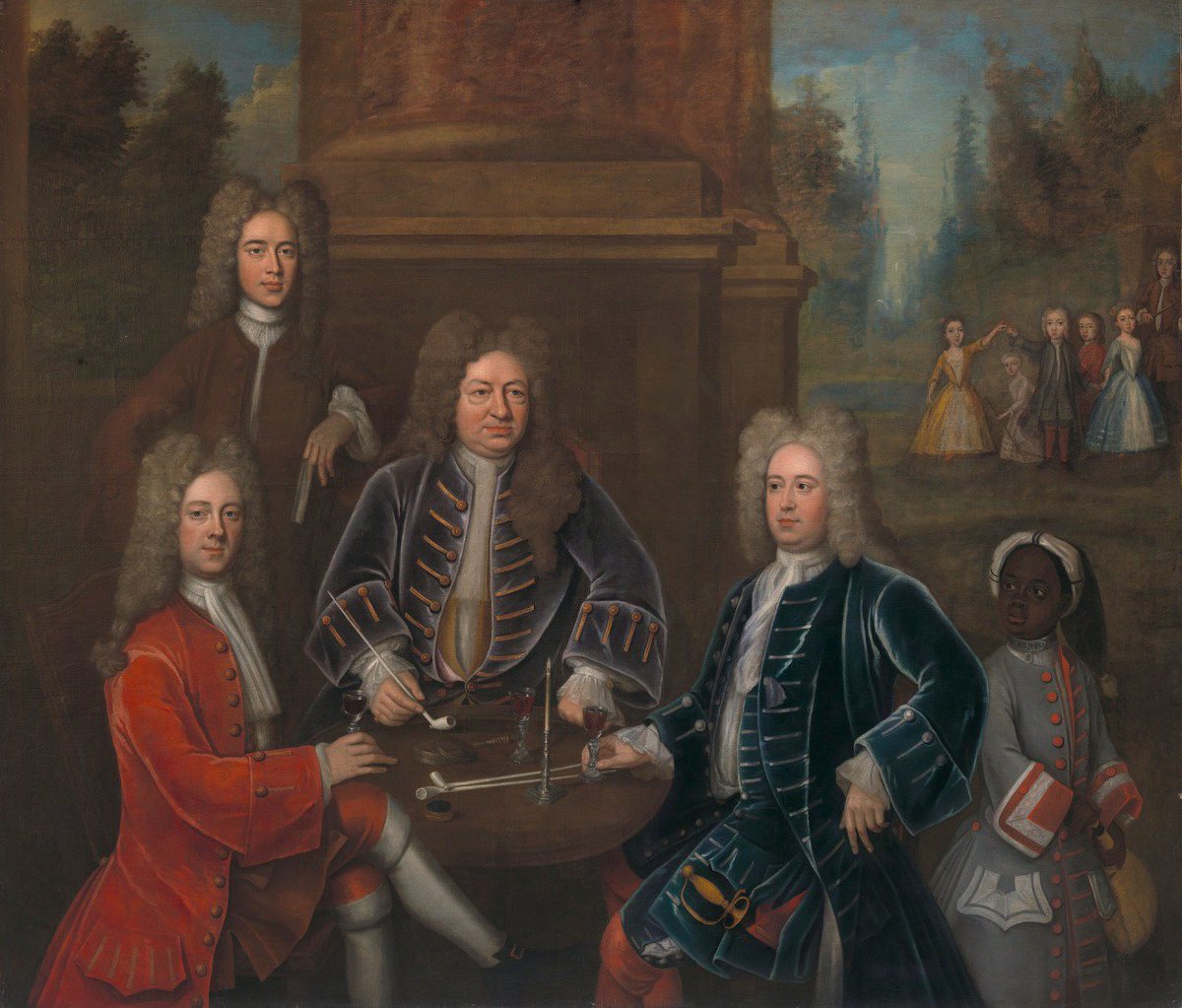 So, a lot of people have misunderstandings about the role of pages like the one in this painting. Yes, there’s a massive class difference between the page pictured, and the pampered children of the gentry visible behind the page that would never be bridged.
So, a lot of people have misunderstandings about the role of pages like the one in this painting. Yes, there’s a massive class difference between the page pictured, and the pampered children of the gentry visible behind the page that would never be bridged.

 "The namban liturgical lacquers that have survived to the present day in churches, monasteries and convents [...] provide tangible evidence of the cross-cultural interaction that occurred between the East and West, during the so-called ‘Christian century’ in Japan."
"The namban liturgical lacquers that have survived to the present day in churches, monasteries and convents [...] provide tangible evidence of the cross-cultural interaction that occurred between the East and West, during the so-called ‘Christian century’ in Japan."




 This lusterware is interesting from a lot of different angles: the political events that led to its creation, the science that goes into its production, and its social & economic functions. Also VERY PRETTY, like most everything from medieval Iberia: metmuseum.org/toah/hd/ccmi/h…
This lusterware is interesting from a lot of different angles: the political events that led to its creation, the science that goes into its production, and its social & economic functions. Also VERY PRETTY, like most everything from medieval Iberia: metmuseum.org/toah/hd/ccmi/h…

https://twitter.com/spectatorindex/status/1017550019551850496"The myth of the monochrome Middle Ages, in which the medieval is originary, pure, and white, transcends geographical and temporal boundaries. It is attached, through supposed biological descent, to white bodies, wherever and whenever they go[...]"



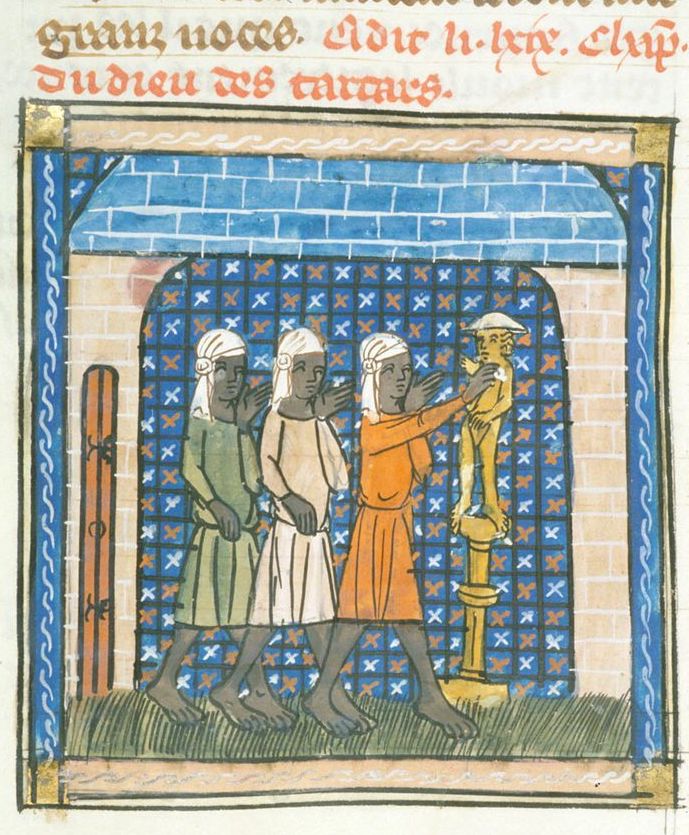
 More from @BLMedieval Royal 19 D I, Historia de Proeliis (Montbaston, France c. 1340). The manuscript's images (and much of the text) are online here: bl.uk/catalogues/ill…
More from @BLMedieval Royal 19 D I, Historia de Proeliis (Montbaston, France c. 1340). The manuscript's images (and much of the text) are online here: bl.uk/catalogues/ill… 



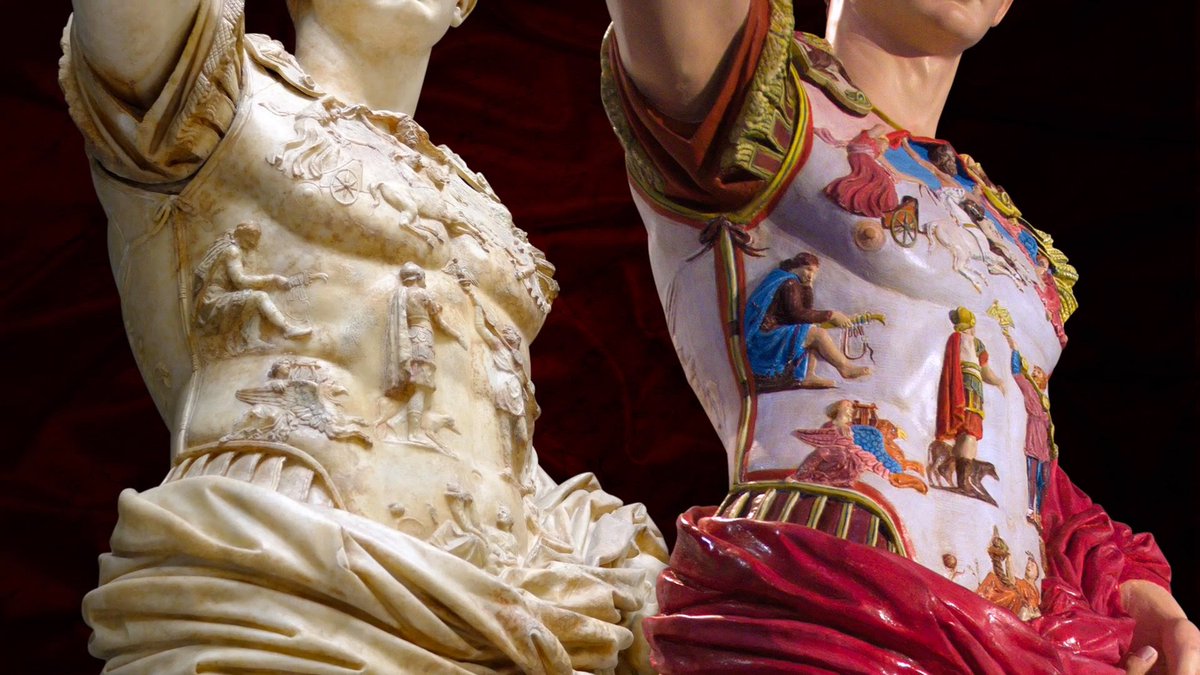

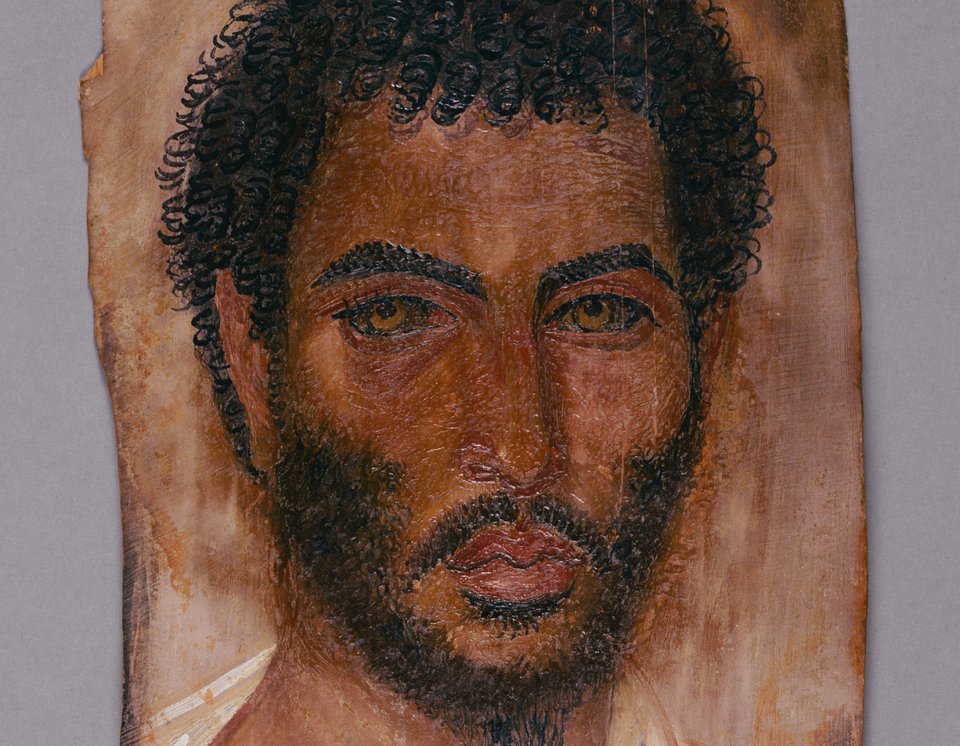 So, a lot of people don't realize that those "pure, white" statues we're all accustomed to seeing as window dressing in anything taking place in "Roman times", were originally painted in a very bright and eye-catching way. I've definitely heard people describe it as "garish".
So, a lot of people don't realize that those "pure, white" statues we're all accustomed to seeing as window dressing in anything taking place in "Roman times", were originally painted in a very bright and eye-catching way. I've definitely heard people describe it as "garish".
In the 13th century Bruges was refered to as "Venice of the North" because sea trade was restored in 1134 after a storm. It became the crossroads of the northern Hanseatic league & crucial for Portuguese traders en.wikipedia.org/wiki/Bruges#Go…
External Tweet loading...
If nothing shows, it may have been deleted
by @OhMarjorieOh view original on Twitter

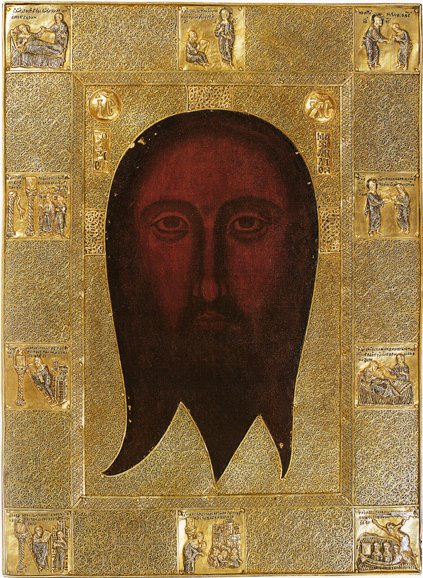
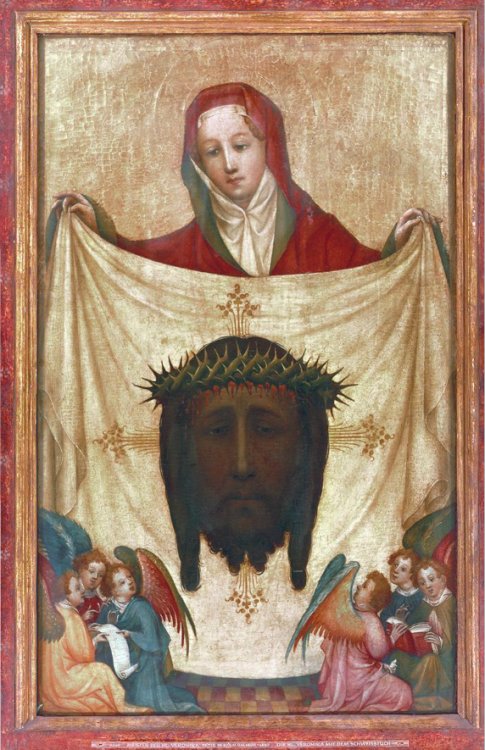 Preemptively, I'll tell you I used to have a pinned tweet: “I am not a biblical race-prover”. This discussion pertains to depictions of biblical figures in visual culture & literature, how they vary with region and the passage of time, & sociopolitical reasons for those changes.
Preemptively, I'll tell you I used to have a pinned tweet: “I am not a biblical race-prover”. This discussion pertains to depictions of biblical figures in visual culture & literature, how they vary with region and the passage of time, & sociopolitical reasons for those changes.
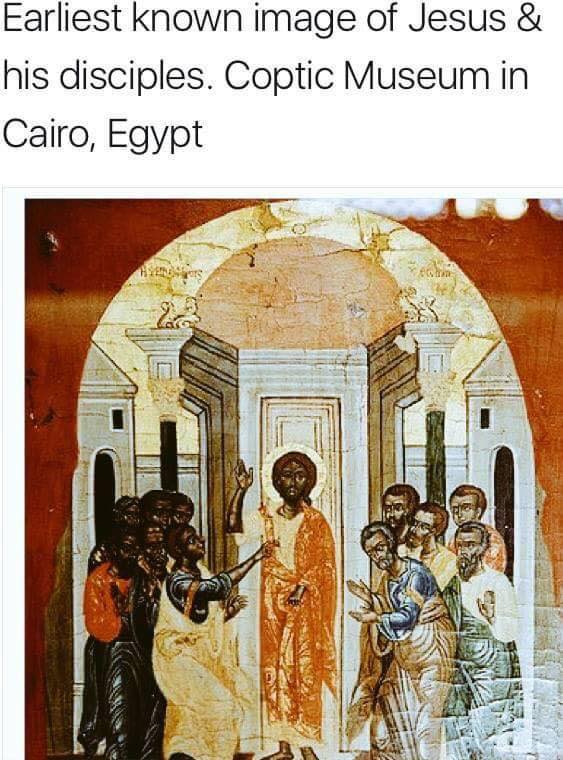 Most of the images in the Coptic Museum, Cairo, date from 6th-10th century, and honestly they're breathtaking, gorgeous works:
Most of the images in the Coptic Museum, Cairo, date from 6th-10th century, and honestly they're breathtaking, gorgeous works: 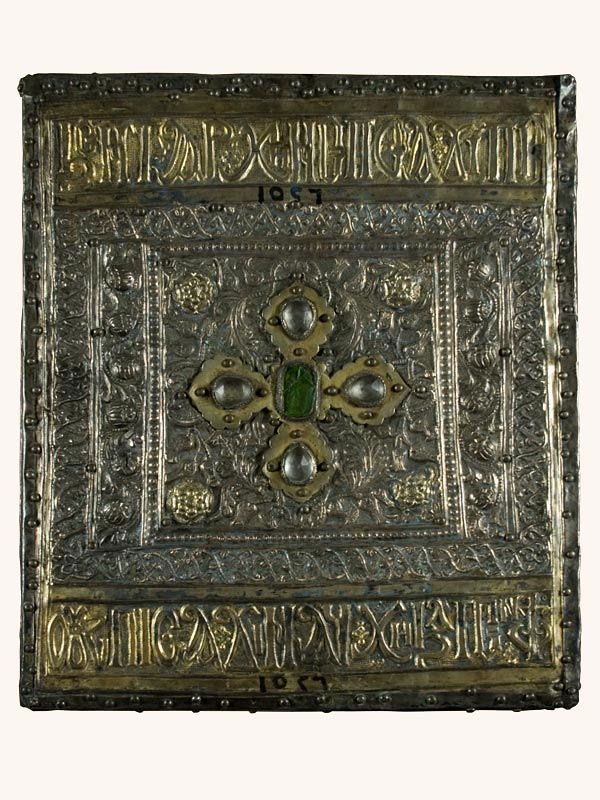
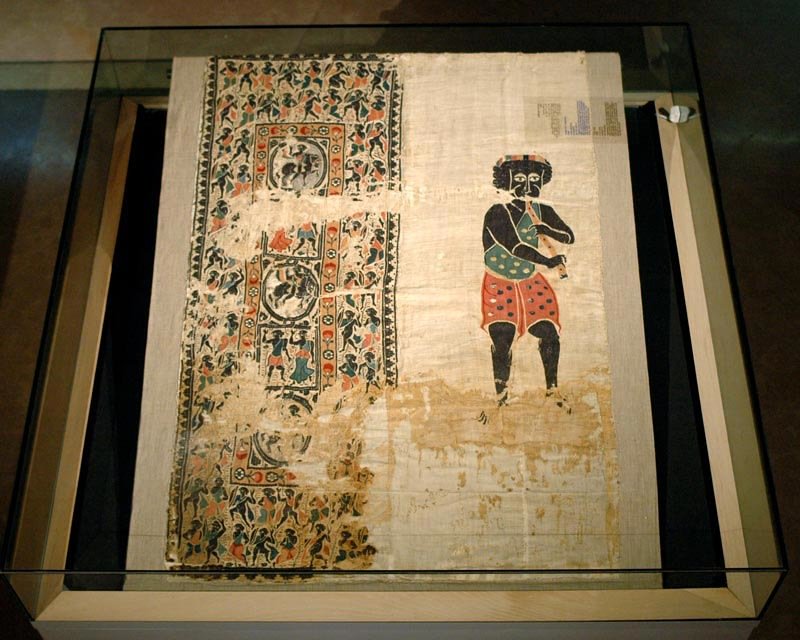
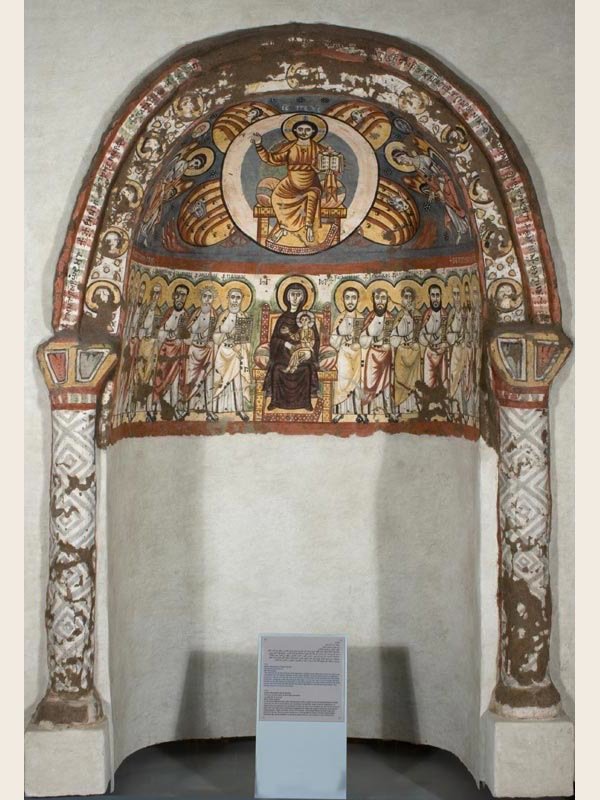
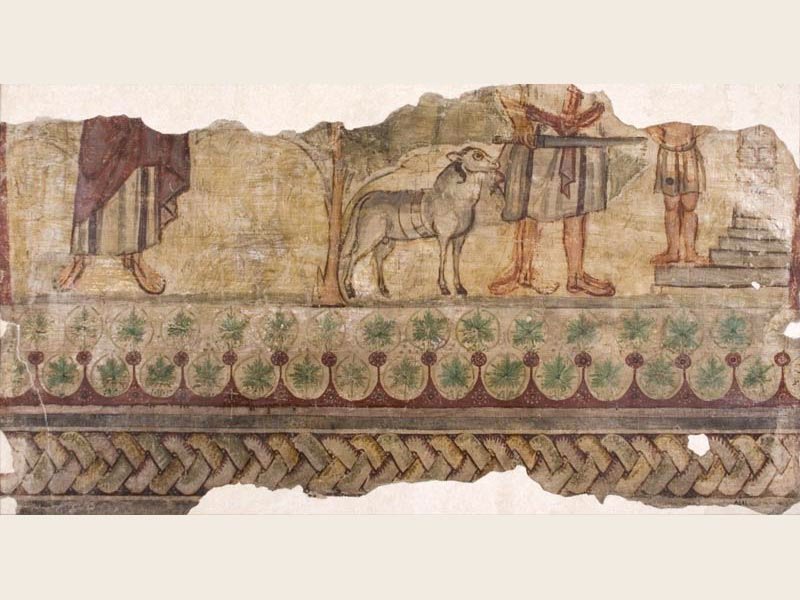
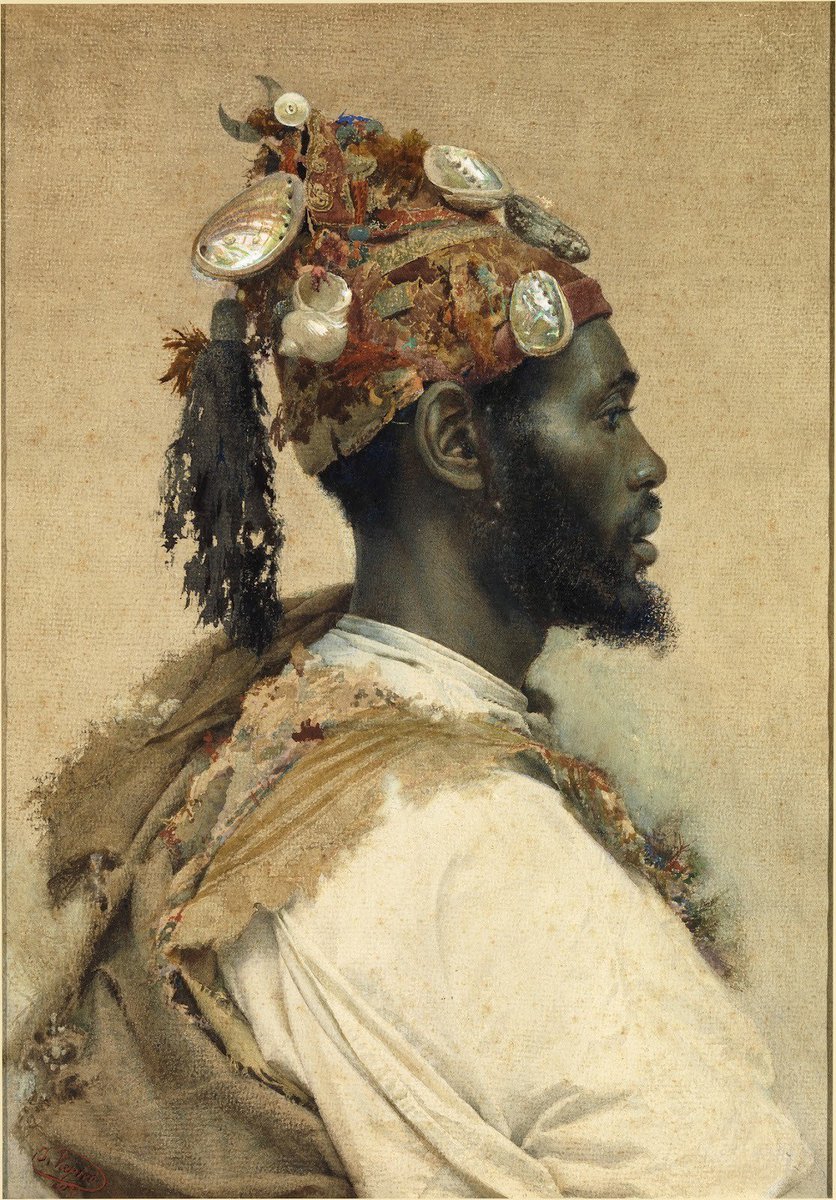

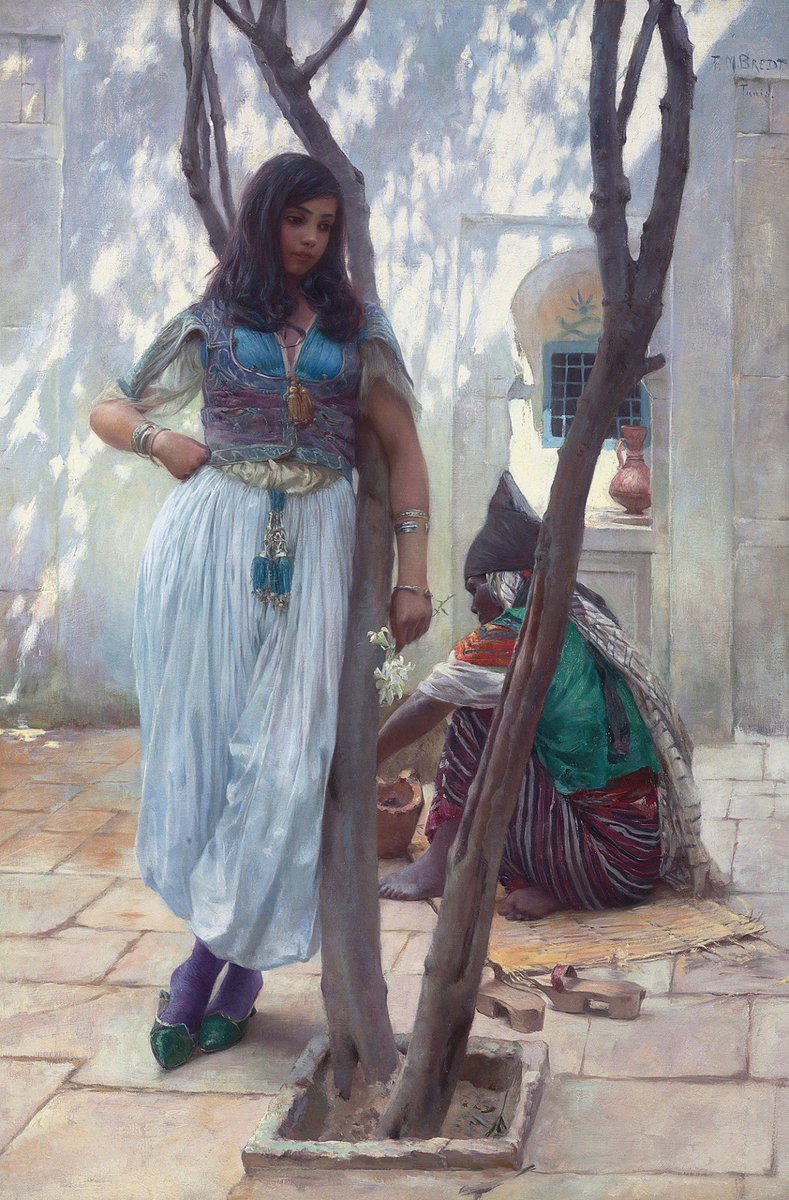
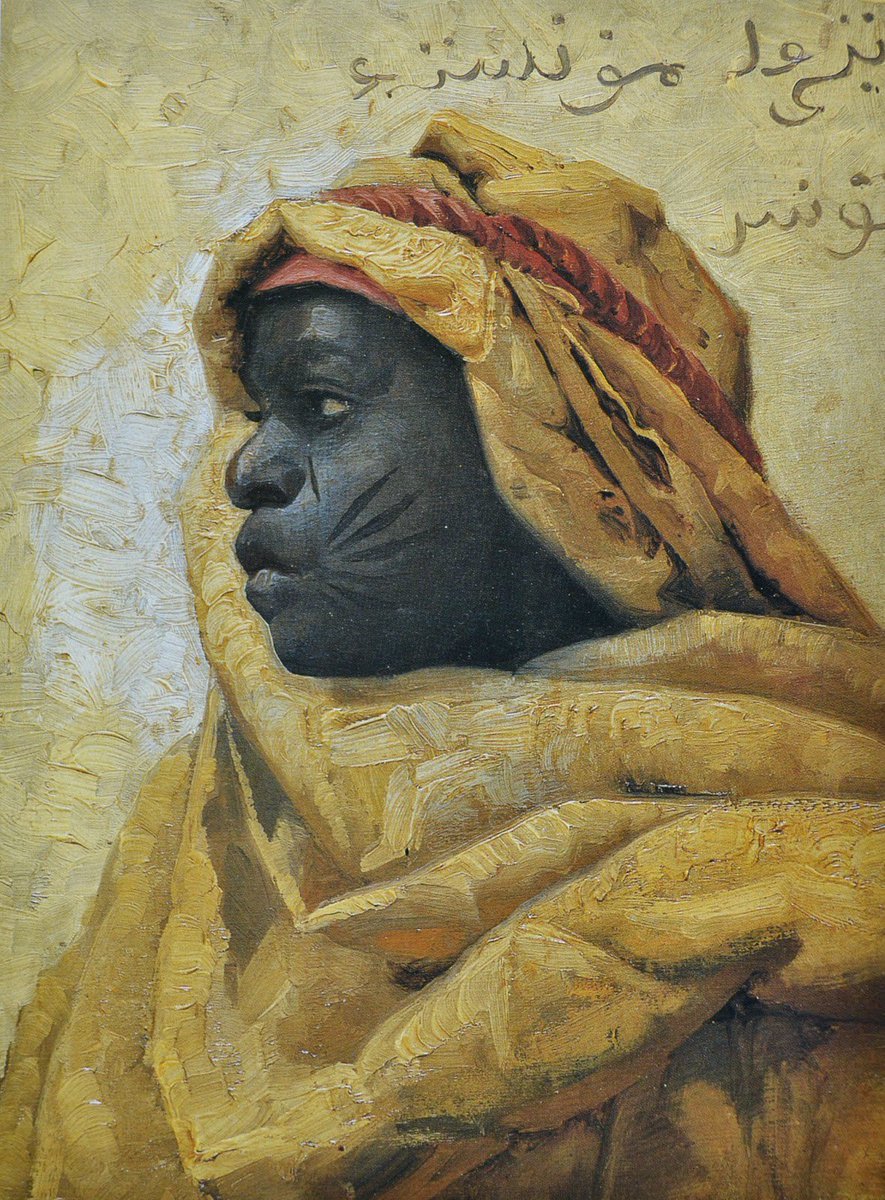
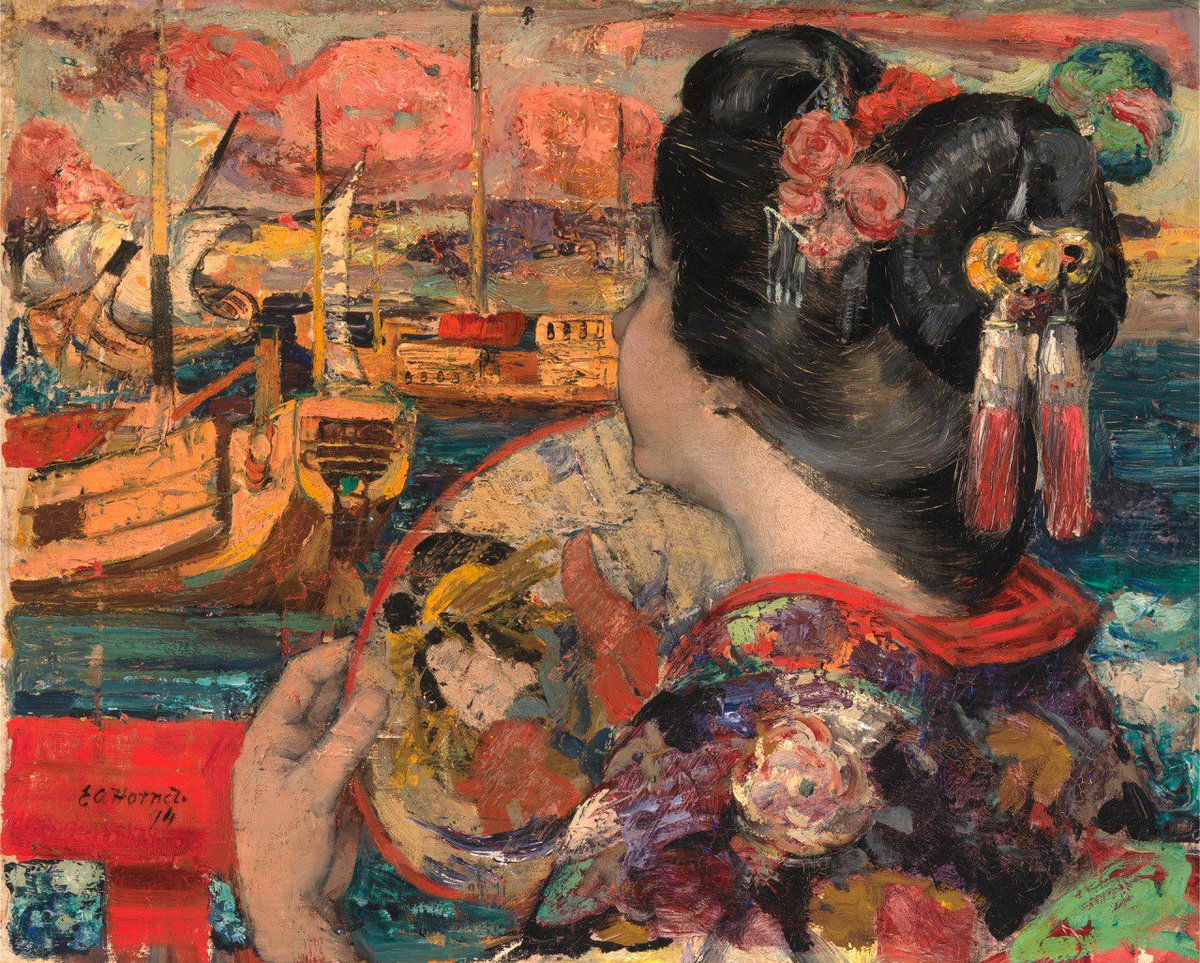 In 1978, Edward Said redefined the term Orientalism to describe a pervasive academic & artistic Western tradition of prejudiced interpretations of the Eastern world, shaped by the cultural attitudes of European imperialism in the 18th and 19th centuries. en.wikipedia.org/wiki/Orientali…
In 1978, Edward Said redefined the term Orientalism to describe a pervasive academic & artistic Western tradition of prejudiced interpretations of the Eastern world, shaped by the cultural attitudes of European imperialism in the 18th and 19th centuries. en.wikipedia.org/wiki/Orientali…